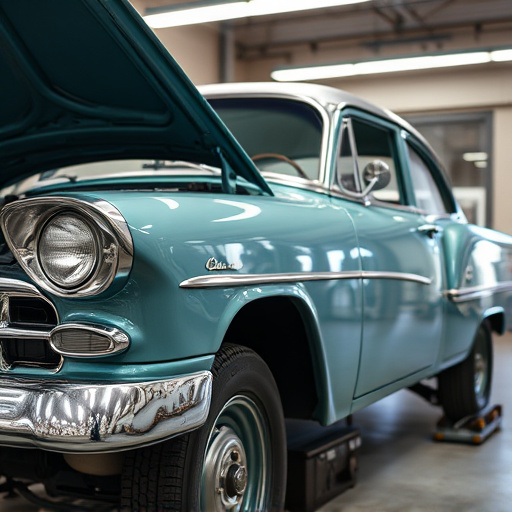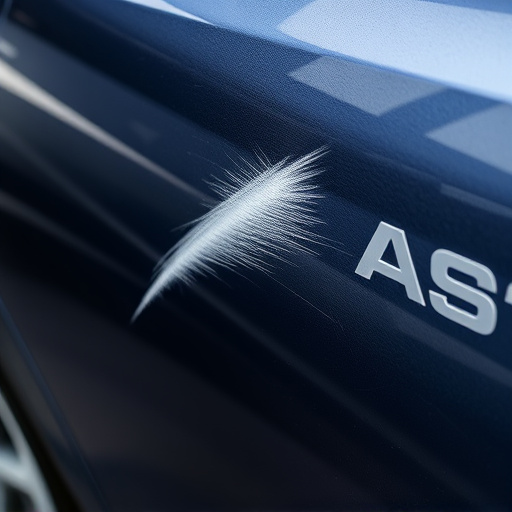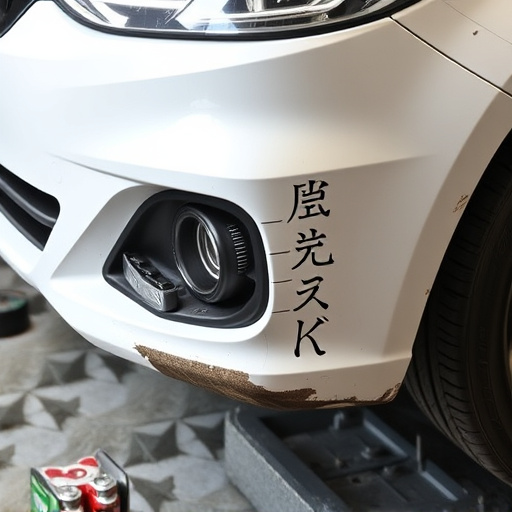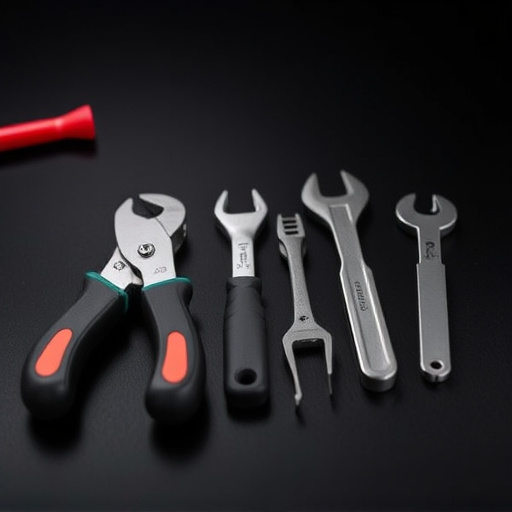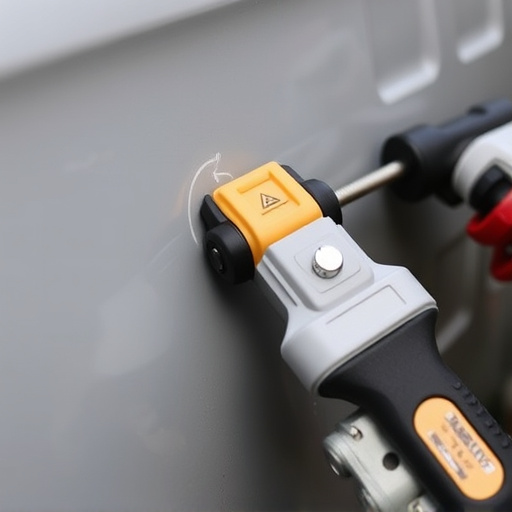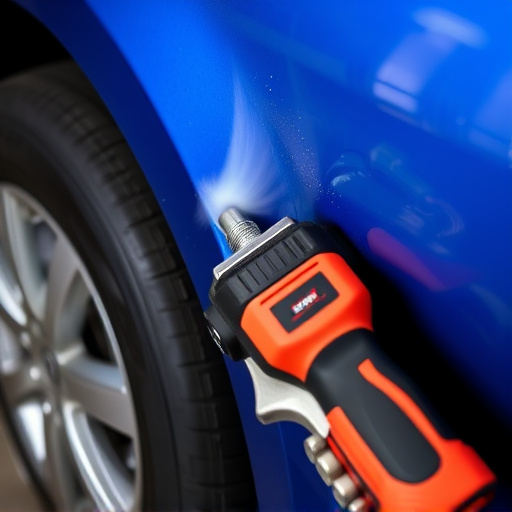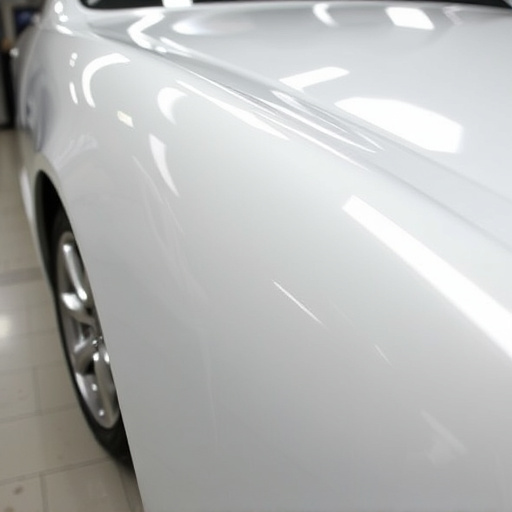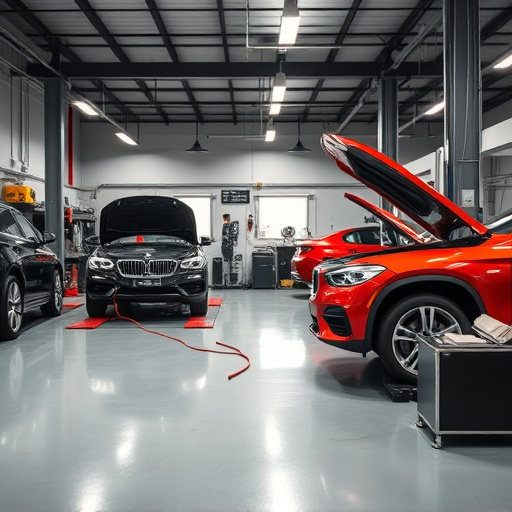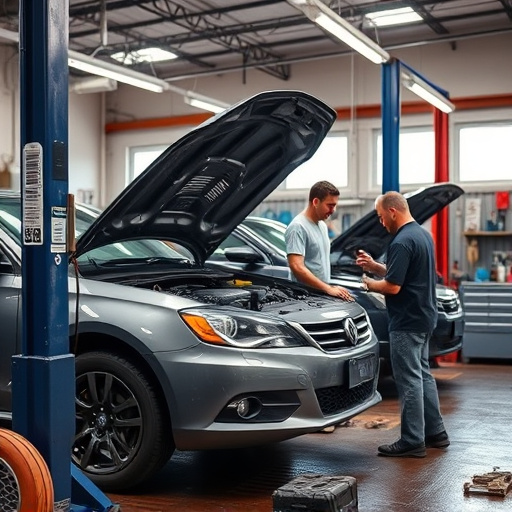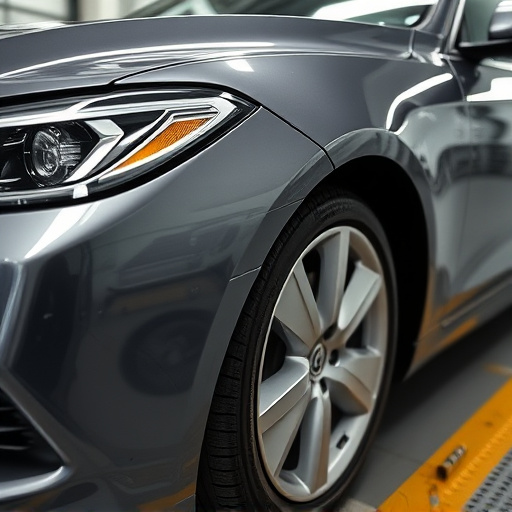Auto body seam sealers protect older vehicles from water intrusion, corrosion, and wear. Regular inspections should identify signs of deterioration like cracks, peeling paint, or rust. Reapplication involves repairing damage, cleaning the surface, and applying thin layers of sealer following manufacturer instructions for enhanced protection and aesthetics.
“Are you driving an older vehicle with visible cracks or gaps in its bodywork? It might be time to consider reapplying auto body seam sealers. This guide delves into the importance of regular sealing for maintaining your car’s integrity and aesthetics. We’ll explore ‘when to replace’ indicators, as well as best practices for effectively reapplying sealers on old cars. Understanding auto body seam sealers and their role in protecting against corrosion and enhancing your vehicle’s longevity is crucial.”
- Understanding Auto Body Seam Sealers: When to Replace
- Signs Your Vehicle Needs Fresh Sealing Application
- Best Practices for Effective Reapplication on Old Cars
Understanding Auto Body Seam Sealers: When to Replace
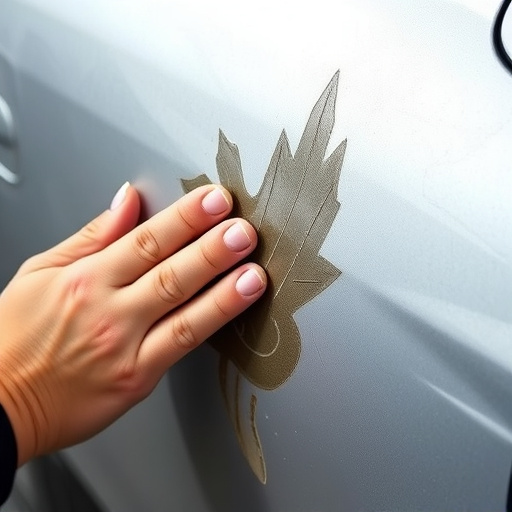
Auto body seam sealers are crucial components for maintaining the structural integrity and aesthetic appeal of older vehicles. These sealers, designed to fill gaps and cracks in car bodies, prevent water intrusion and corrosion, ensuring the longevity of the vehicle’s exterior. Over time, however, these sealers can deteriorate due to exposure to harsh weather conditions, UV rays, and regular wear and tear.
Knowing when to replace auto body seam sealers is essential for keeping your older vehicle in top condition. Signs that indicate a need for replacement include visible cracks or peeling in the sealer, rust formation underneath, or water seepage during rain. Regular inspections at an auto collision center or during routine car scratch repair sessions can help identify these issues early on. In light of these signs, considering car body restoration as part of your vehicle’s maintenance regimen will ensure its exterior remains robust and attractive for years to come.
Signs Your Vehicle Needs Fresh Sealing Application

If your older vehicle is showing signs of wear and tear, it might be time to consider reapplying auto body seam sealers. One of the clearest indications that your car needs fresh sealing is the appearance of cracks or gaps along the seams and joints. These weaknesses can compromise the structural integrity of your vehicle and allow moisture and corrosion to penetrate, leading to more serious damage down the line.
Additionally, if you’ve noticed rust forming on the metal surfaces, particularly around doors, fenders, or the roof, it’s a strong signal that existing sealers have failed to protect against environmental elements. Regular inspections also reveal other visual cues like flaking paint, bubbling finishes, and discolored areas, all of which point towards the need for a fresh coat of auto body seam sealers to safeguard your car’s exterior and ensure its longevity in the long run, especially when compared to issues arising from dent repair or car scratch repair.
Best Practices for Effective Reapplication on Old Cars
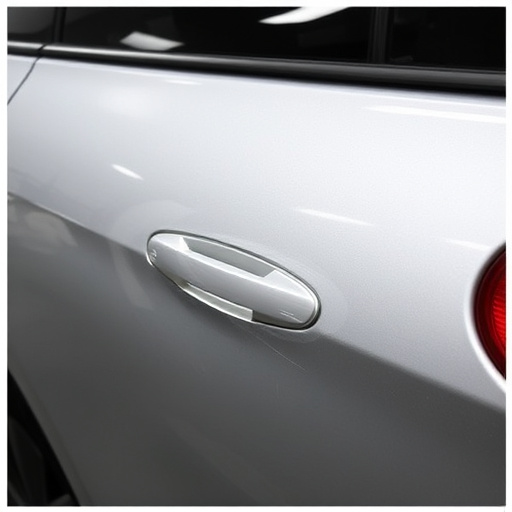
When reapplying auto body seam sealers on older vehicles, best practices involve a systematic approach to ensure maximum effectiveness. Start by thoroughly inspecting the car’s exterior for any signs of damage or existing sealant failure. Repair any visible issues like dents, cracks, or rust in the fenders, bumpers, and other affected areas before reapplication. This step is crucial as it prevents further compromise of the sealing process.
Next, clean the surface using a degreaser to remove any oil, grease, or dirt that might hinder the adhesion of new sealers. After cleaning, allow the surface to dry completely. Choose the appropriate auto body seam sealer designed for older vehicles and apply it in thin, even layers, following the manufacturer’s instructions. This method ensures better coverage, minimal drippage, and a durable bond, enhancing the overall aesthetic appeal through meticulous fender repair and bumper restoration.
Regularly inspecting and reapplying auto body seam sealers is essential for maintaining the integrity of older vehicles. By understanding when to replace these sealers, you can prevent further damage caused by water intrusion, rust, and other environmental factors. Following best practices for reapplication ensures a durable, long-lasting finish, preserving the vehicle’s value and aesthetics. Implement these practices to keep your old car looking its best, both inside and out.

